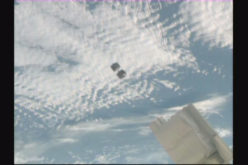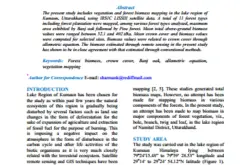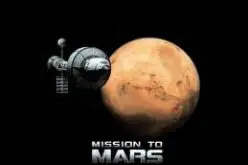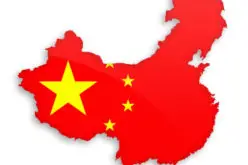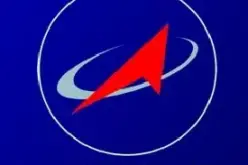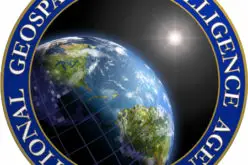Chandrayaan-3, India’s eagerly awaited lunar exploration mission, achieved a resounding success as it embarked on its journey to the Moon and flawlessly executed the landing of its lander named Vikram on August 23, 20223 at 18:04 hrs. Launched with precision by the Indian Space Research Organisation (ISRO), Chandrayaan-3 carried a state-of-the-art rover designed to explore the lunar surface with unprecedented accuracy.
After a meticulously orchestrated descent, the rover touched down on the Moon’s surface, marking a monumental achievement for India’s space endeavors. The rover’s successful landing opens up new avenues of scientific discovery, as it now begins its mission to analyze the lunar terrain, gather essential data, and unveil hidden secrets of Earth’s celestial neighbor. Chandrayaan-3’s triumph stands as a testament to ISRO’s dedication, technical prowess, and unwavering commitment to pushing the boundaries of space exploration.
The task of achieving a gentle lunar touchdown falls upon the Vikram lander. Crafted in a box-shaped design, it features four landing legs and an equal number of landing thrusters, each generating an impressive 800 newtons of thrust. Nestled within its structure is the rover, accompanied by an array of scientific instruments that facilitate meticulous on-site analyses of the lunar terrain.
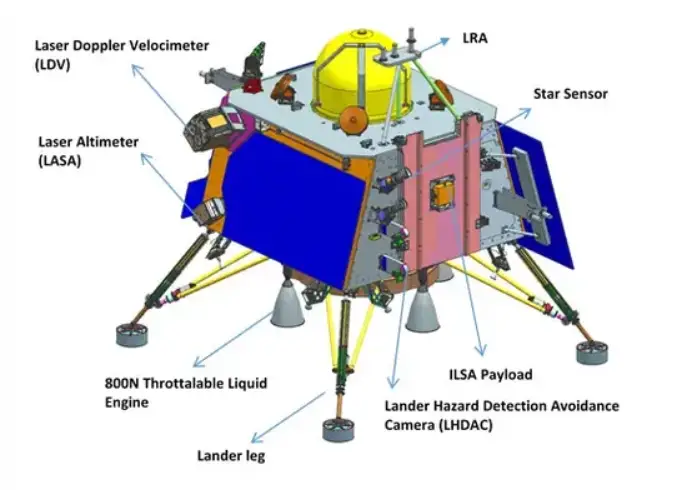
Weighing 26 kilograms (57 pounds), the Pragyan rover boasts a six-wheeled configuration. Its dimensions measure 917 millimeters (3.009 ft) in length, 750 millimeters (2.46 ft) in width, and 397 millimeters (1.302 ft) in height. Tasked with an array of scientific duties, the rover is poised to undertake comprehensive measurements. These measurements will significantly contribute to research concerning the lunar surface’s composition, the potential existence of water ice within lunar soil, the chronicles of lunar impacts, and the intriguing evolution of the Moon’s atmosphere.
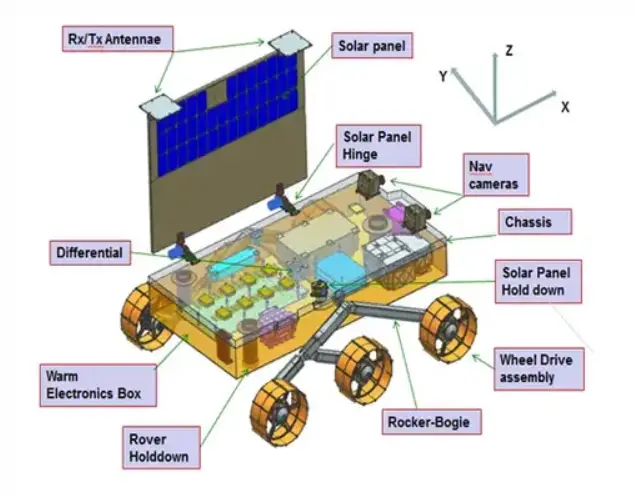
Pragyan rover has two payloads-
- Alpha Particle X-Ray Spectrometer (APXS) will derive the chemical composition and infer mineralogical composition of the lunar surface.
- Laser-Induced Breakdown Spectroscope (LIBS) will determine the elemental composition (Mg, Al, Si, K, Ca, Ti, Fe) of lunar soil and rocks around the lunar landing site.
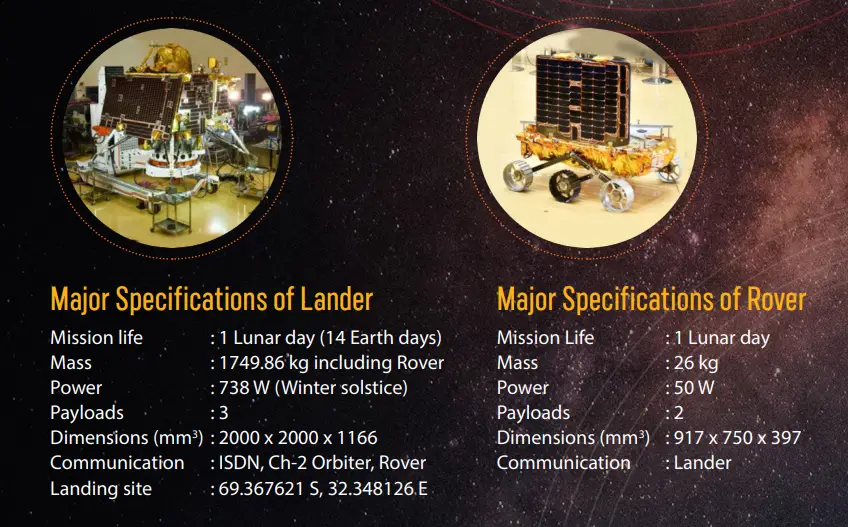
By embarking on this lunar expedition, Chandrayaan 3 has opened doors to an array of scientific inquiries, from analyzing the lunar surface’s composition to investigating the presence of water ice and delving into the Moon’s history of impacts. As it scrutinizes the Moon’s intricate details, this mission not only fuels our curiosity about the cosmos but also solidifies India’s position at the forefront of space research. Chandrayaan 3 stands as an emblem of the potential that lies within human innovation, inspiring future generations to continue pushing the boundaries of lunar science and beyond.
Also Read –
Why Countries Are in Rush to Mars Exploration?



